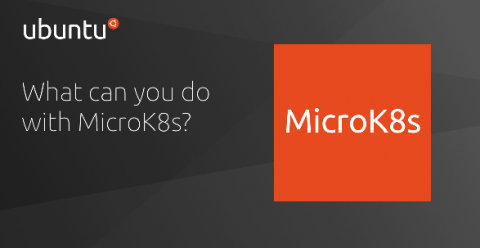Advantech releases EPC-C301 for machine vision applications with Ubuntu 18.04 LTS
Advantech, a leading global provider of intelligent IoT systems and embedded platforms, is pleased to announce EPC-C301, a compact fanless box PC powered by 8th Gen. Intel® Core™ processor. This system features diverse domain-focused I/O and can operate in broad temperature ranges. EPC-C301 integrates Intel® and Canonical technologies, provides Ubuntu and OpenVINO toolkits, and is aimed at accelerating the advancement of AIoT.










